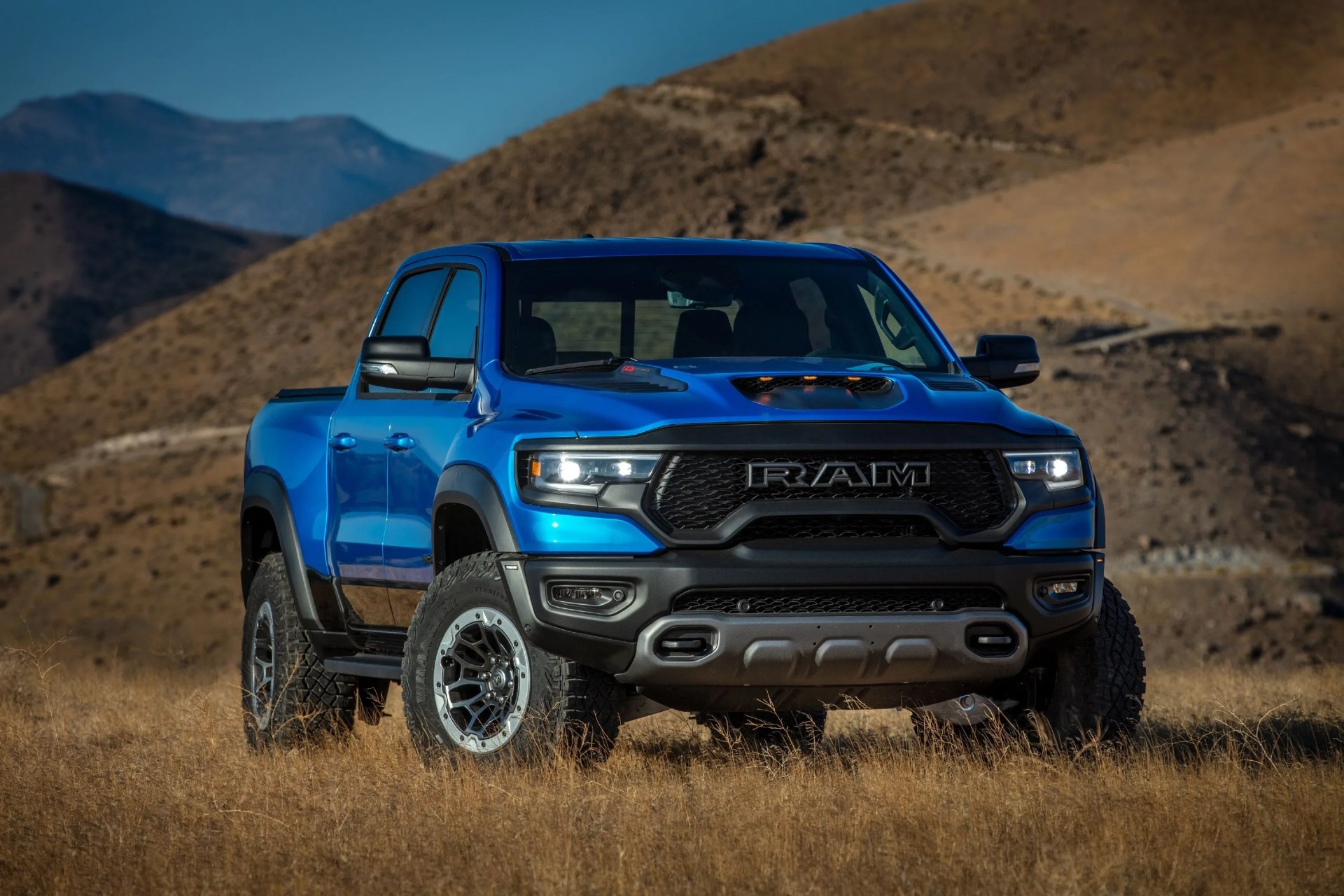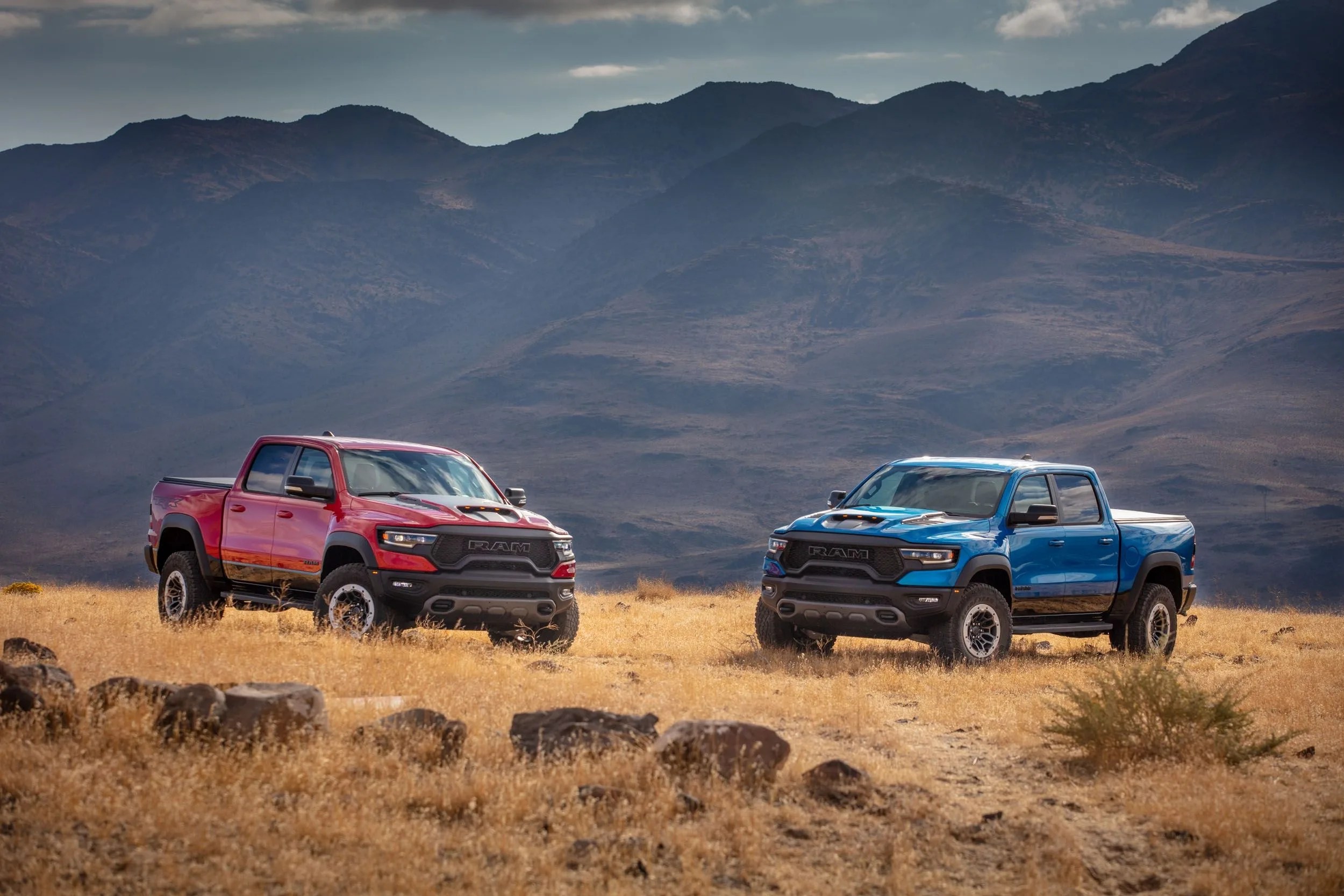In the last days of the Jurassic, roughly some 150 million years ago, a group of meat-eating dinosaurs boasting sickle-shaped claws on their feet and wing-like wrists spun off from the branch of the evolutionary tree that would also go on to give us birds. Scientists call them the Dromaeosauridae, but thanks to a certain Steven Spielberg movie based on a Michael Crichton book, we know them by another name: “raptors.” This family of feathered dinosaurs quickly found great success across much of the planet, with forms large and small alike taking on roles at or near the top of the food chain from China to New Jersey.
But while the raptors were proliferating, there was another group of saurian predators that was growing in power: the Tyrannosauridae. Bigger and stronger than the dromaeosaurs, they quickly came to dominate many of the ecosystems that the raptors had once had primacy over. The last of them, the biggest and strongest of all, now goes by the honor of being the only dinosaur the general public knows by its full scientific name: Tyrannosaurus rex. Or, as its friends called it, T. rex.
 FCA US LLC
FCA US LLCGranted, it seems very doubtful that the product planners at Fiat Chrysler Automobiles were aware of all that when they decided to name their Ford F-150 Raptor-fighting pickup truck the Ram 1500 TRX. (The development team swears, in fact, that it was an old name the Ram folks had kept in their back pocket for a while, but the Easter eggs of a T. rex clutching a dead raptor in its mouth under the hood and the size chart depicting the truck, a T. rex and a human standing next to a turkey-sized Velociraptor in the Ram’s center console prove the team was well aware of the name’s significance.)
Yet the paleontological comparison does prove an apt analogy: after creating and then dominating the off-road performance truck market for a decade, the Raptor faces its first true rival in the TRX — a beast that’s both bigger and more powerful than the defending champ.













